What Animals In Wi Live In Wetlands?
Ben Sedinger, Kennedy-Grohne Chair in Waterfowl and Wetlands Conservation, has been teaching at the University of Wisconsin - Stevens Point from the fall of 2019 to the nowadays. He teaches courses related to waterfowl ecology and population dynamics. Ben is currently advising several graduate students and undergraduate research projects. UW-Stevens Point Receives Funds for Endowed Chair The donation funded a new faculty position in waterfowl and wetlands conservation, with an emphasis on teaching and inquiry. Ben Sedinger, Ph.D., now holds this position. ____________________________________________________________________________________ Ben Sedinger serves as faculty advosor for the UW-Stevens Bespeak Student Affiliate of Ducks Unlimited . The grouping is relatively new, formally established in 2015, only is one of the fastest growing student organizations on campus. It is already amidst the well-nigh active in the nation. University capacity are playing an increaingly important role in the conservation mission of Ducks Unlimited (DU). DU recognizes that a vibrant and stiff collegiate program is the fundamental to a healthy time to come for wetland conservation, and it will continue to place a strong emphasis on the development of what has been a very successful programme. Student members go involved for a multifariousness of reasons including: social functions that build community, school pride, conservation education, resume building, networking and volunteer opportunities, leadership development, and national competitions with other university capacity beyond the state. The UW-Stevens Bespeak Student Affiliate of Ducks Unlimited earned the "Top University Chapter Award" at the DU Wisconsin State Convention in the fall of 2019. A highlight from the Waterfowl Ecology class (Wildlife 361/561) was our trip to the Mississippi River during the tiptop of autumn migration. On Saturday, November 16th 2019, we made our fashion towards Necedah National Wildlife Refuge where nosotros stopped to observe a few hundred sandhill cranes feeding in a recently cut corn field. We and then headed for the USGS Upper Midwest E nvironmental Science Center in La Crosse, WI, where nosotros had a tour of the research facilities, including a huge area for fish culture. Students likewise learned nearly employment with the Federal government. Afterward the tour and a hearty parking-lot-lunch of elk chili, USGS biologist Luke Fara took u.s.a. on a tour of Pool eight on the Mississippi River. We viewed several huge habitat improvement projects and counted 12 dissimilar waterfowl species, including a banded mallard perched on a log, tundra and trumpeter swans, and some Canada geese. The canvasback migration was peculiarly exciting -- while we missed the peak, we still saw many thousands rafted up and gorging themselves on wild celery buds in preparation for the rest of their migration and the coming winter. We also watched a big grouping of ring-necked ducks feeding near a large exist of wild celery. Before driving back to Betoken, nosotros stopped by the Upper Mississippi River NWR role in Onalaska, WI to hear about how the river has changed through time and how the USFWS manages the refuge for wild animals. Jacob Straub, Ph.D., was the Kennedy-Grohne Chair in Waterfowl and Wetlands Conservation from 2015-2018 and lead a multifariousness of projects. Click the images below to larn more about the projects that occurred during his time at UWSP. 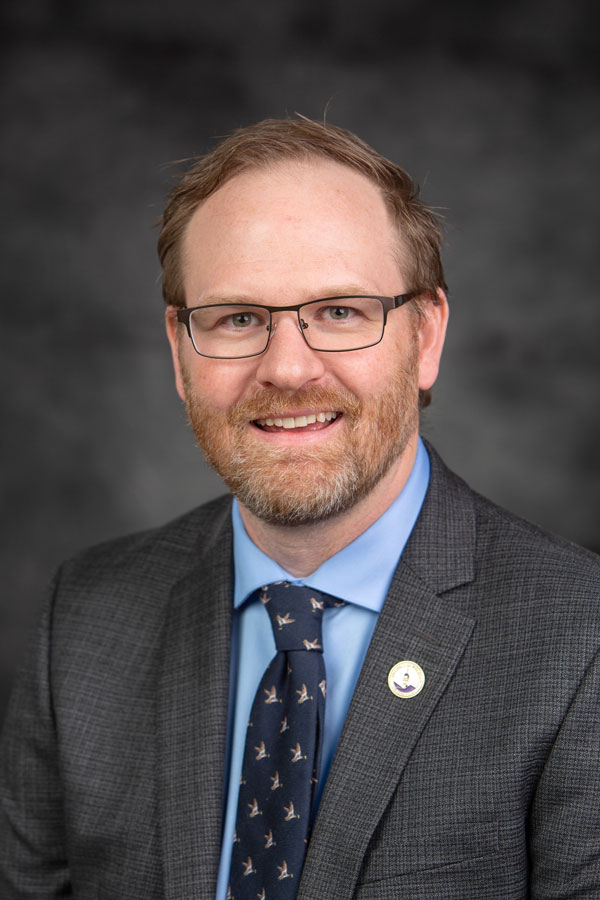
The University of Wisconsin-Stevens Point benefits from two donations that created an endowed chair in the College of Natural Resource. Retired College of Natural Resources Dean Christine Thomas worked with James C. Kennedy of Atlanta, Georgia, and David F. Grohne of Wilmington, Illinois, who donated 2 one thousand thousand dollars for the endowed chair. Kennedy and Grohne are devoted conservationists and active with Ducks Unlimited, Inc., the largest private, nonprofit, waterfowl and wetlands conservation system globally.
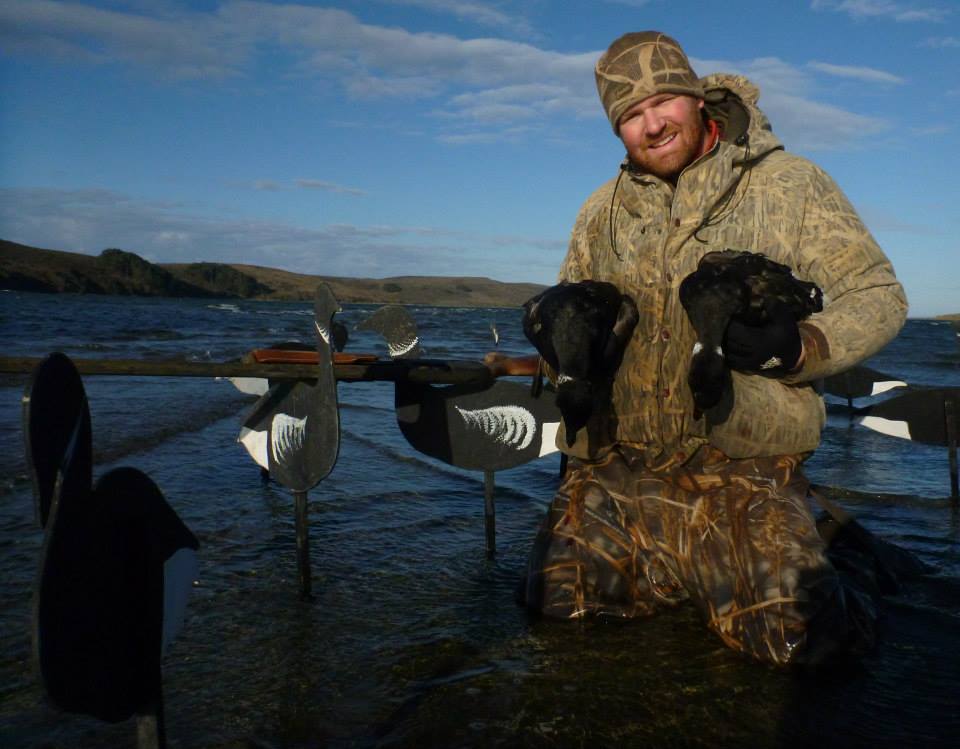
____________________________________________________________________________________
Graduate Students
Projects and Activities
UWSP Student Chapter of Ducks Unlimited
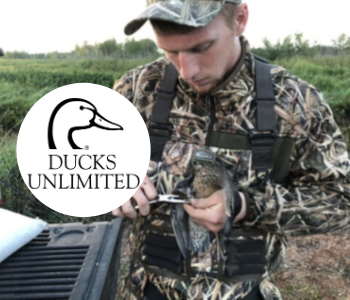
The Wild animals Society Wood Duck Project
.jpg)
Ben Sedinger is the faculty counselor for the UW-Stevens Point Student Affiliate of The Wild animals Society's Wood Duck Project. The purpose of the projection is to check the utilise and success of waterfowl nesting in boxes at the George W. Mead Wildlife Area. Their research takes place in the winter months of January and February. A typical day for the project includes checking woods duck box conditions, replacing bedding, and recording information on the condition of the box (used, successful, etc...). The projection has presented their research, "Pick of Nest Boxes by Cavity Nesting Waterfowl Based on Diameter at Breast Superlative in Mead Wildlife Area," at the Jim and Kaite Krause CNR Student Enquiry Symposium in April 2020.
Mississippi River Field Trip
- Ben Sedinger
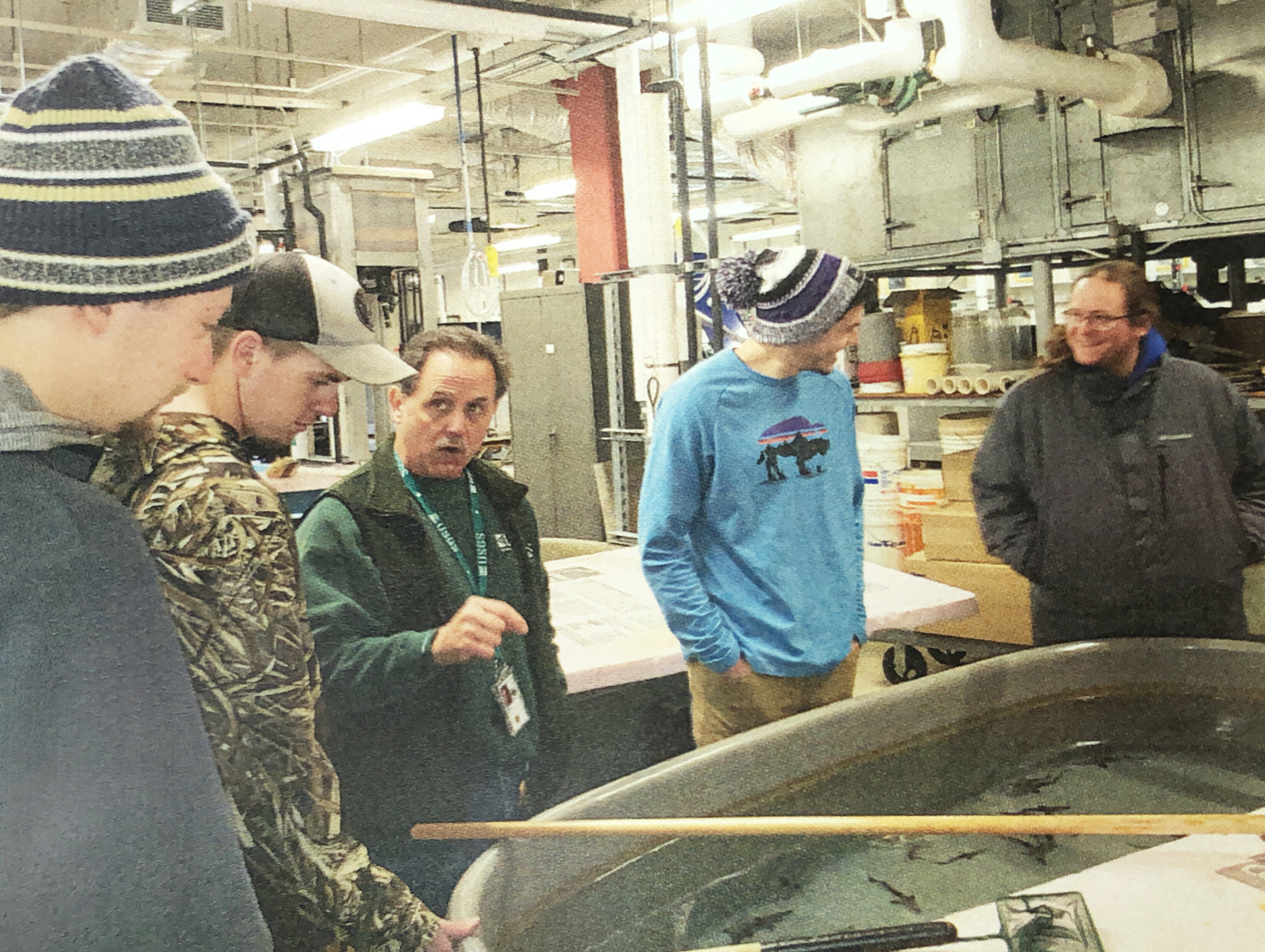
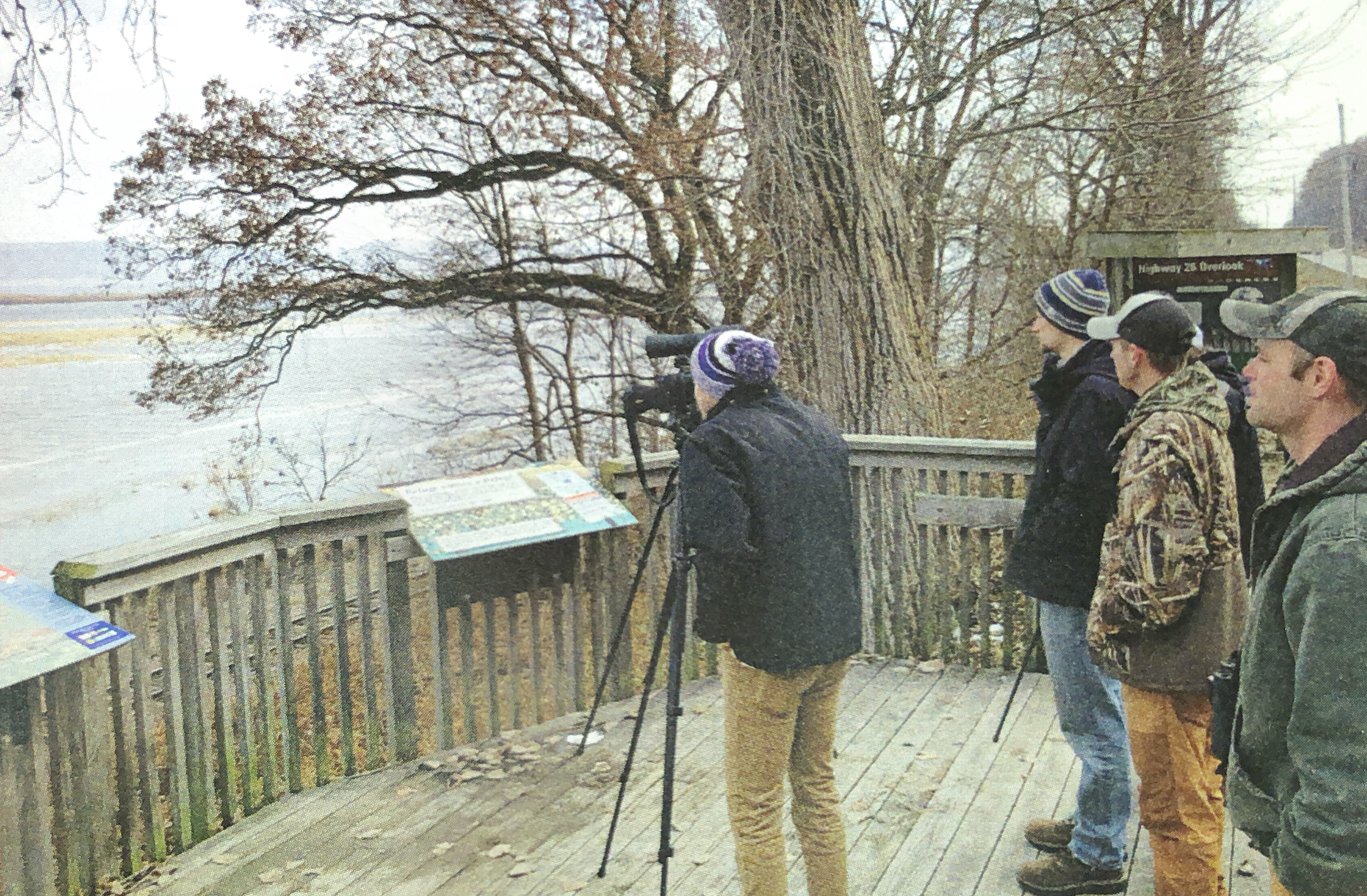
Using Light to Locate: Geolocation of Wisconsin Wood Ducks
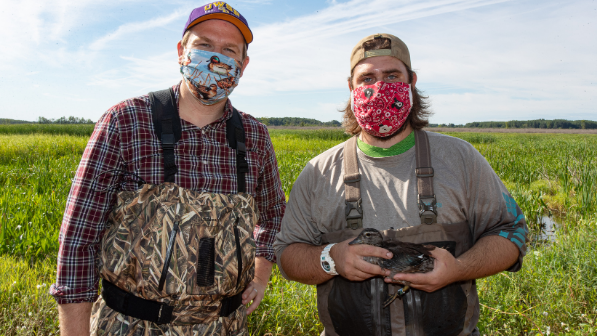 Many waterfowl hunters have had the good fortune to harvest a bird with a band on its leg. Birds are banded and tracked for many reasons, and Andrew Greenawalt is banding wood ducks (Aix sponsa) and plumbing fixtures them with special light-detecting geolocator tags for his graduate enquiry. He needs the help of hunters to written report whatever harvested banded birds for the success of this unique project. If you have harvested a banded bird, report it to theUnited States Geological Service(USGS) Bird Banding Lab, and click the epitome to the left for more than information!
Many waterfowl hunters have had the good fortune to harvest a bird with a band on its leg. Birds are banded and tracked for many reasons, and Andrew Greenawalt is banding wood ducks (Aix sponsa) and plumbing fixtures them with special light-detecting geolocator tags for his graduate enquiry. He needs the help of hunters to written report whatever harvested banded birds for the success of this unique project. If you have harvested a banded bird, report it to theUnited States Geological Service(USGS) Bird Banding Lab, and click the epitome to the left for more than information! ____________________________________________________________________________________
Other Projects: 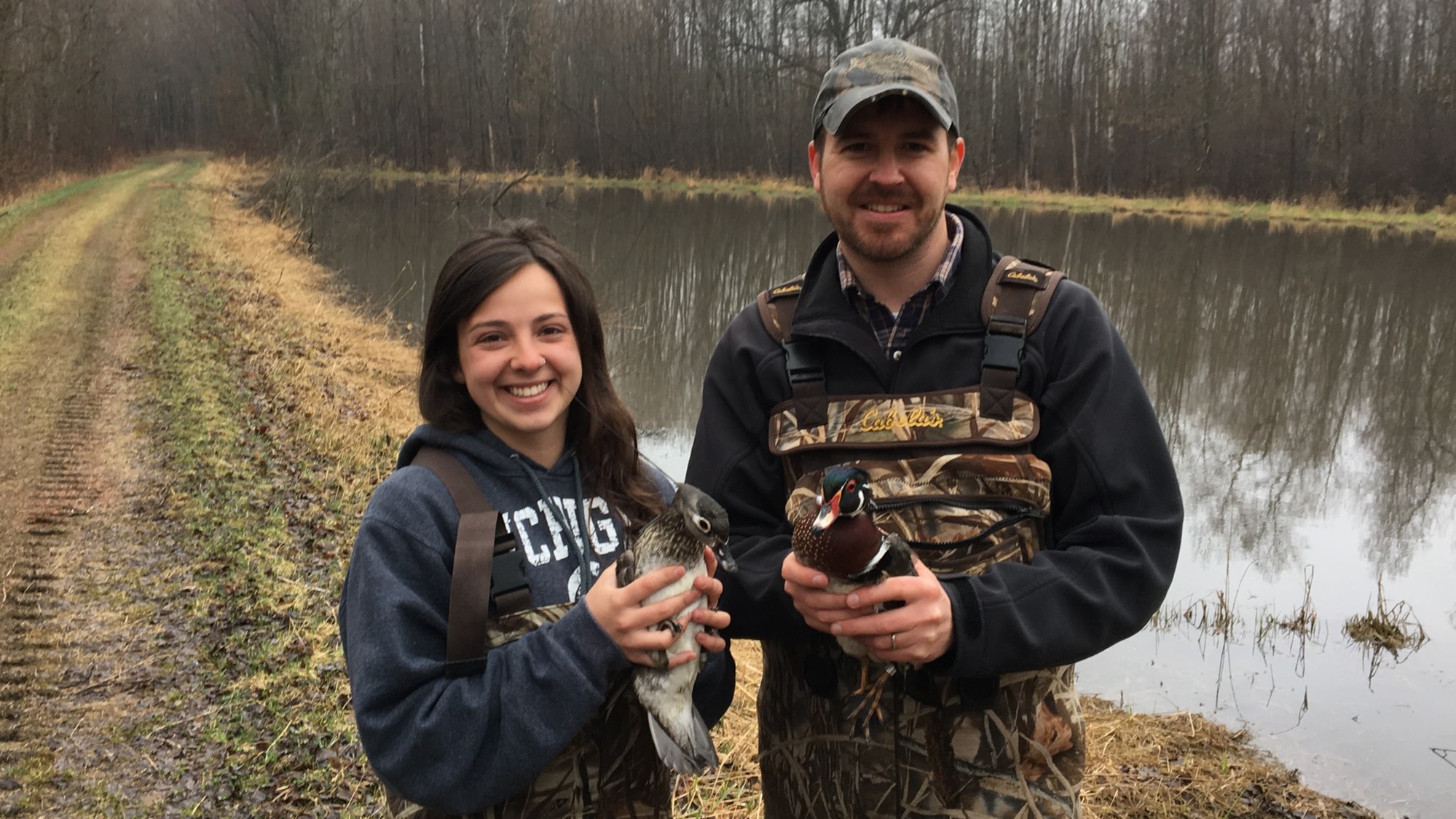
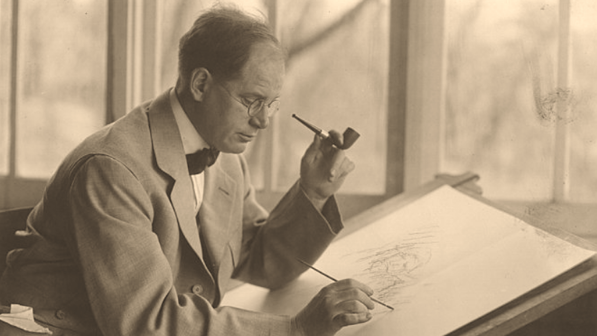
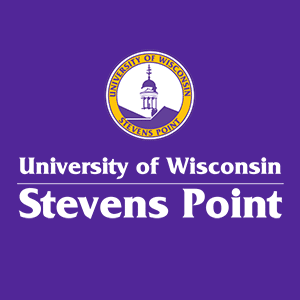
Source: https://www3.uwsp.edu/cnr/WCW/Pages/Waterfowl_Wetlands.aspx
Posted by: grimesmorningard.blogspot.com

0 Response to "What Animals In Wi Live In Wetlands?"
Post a Comment